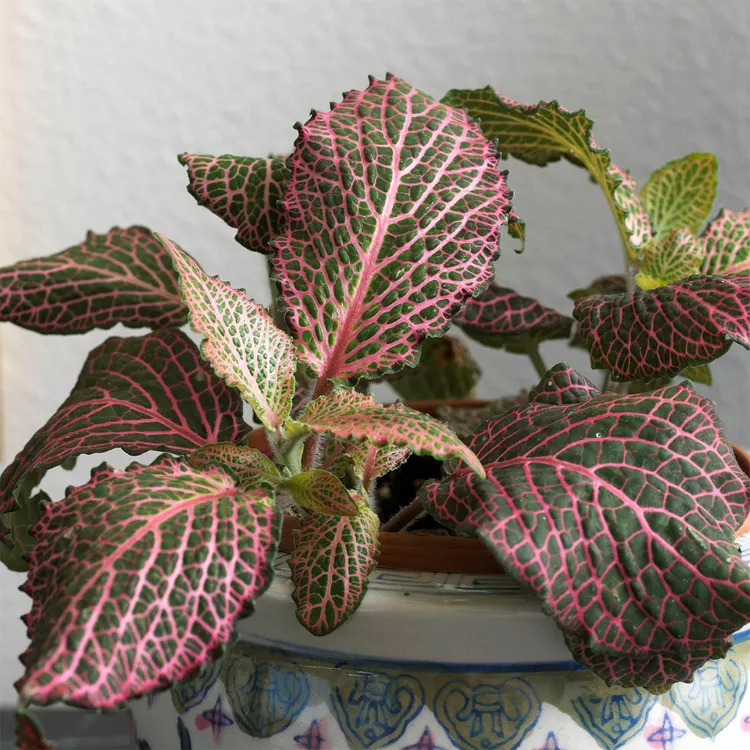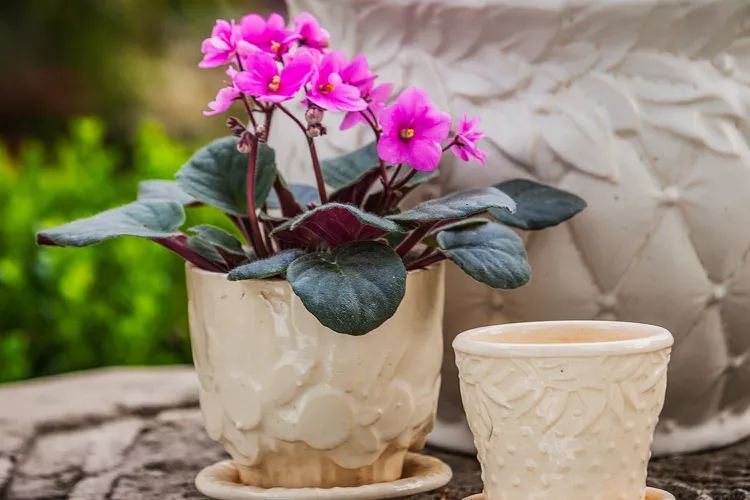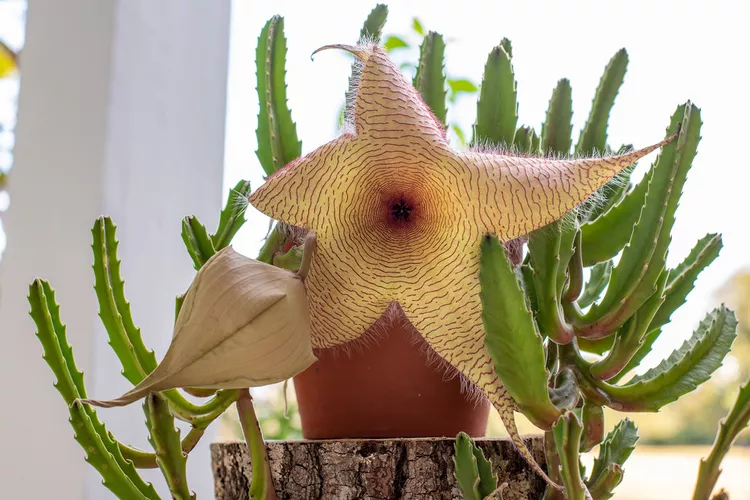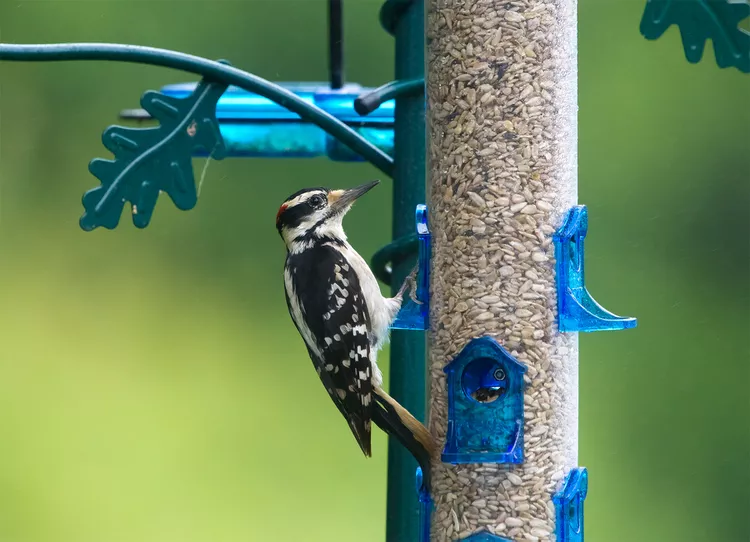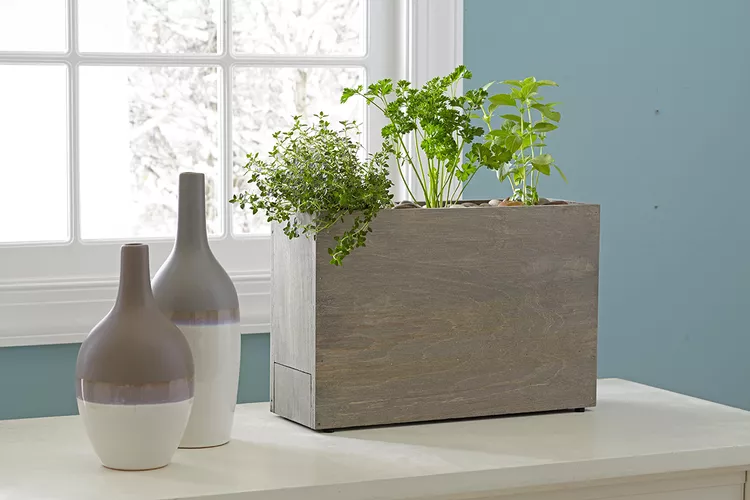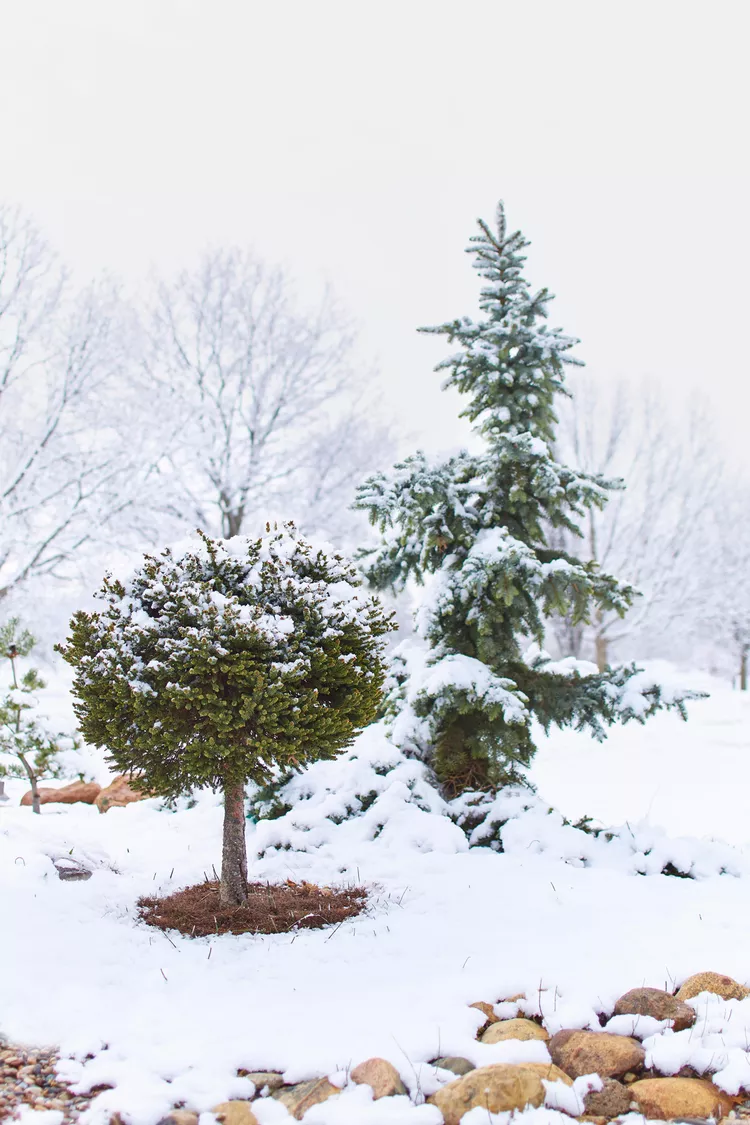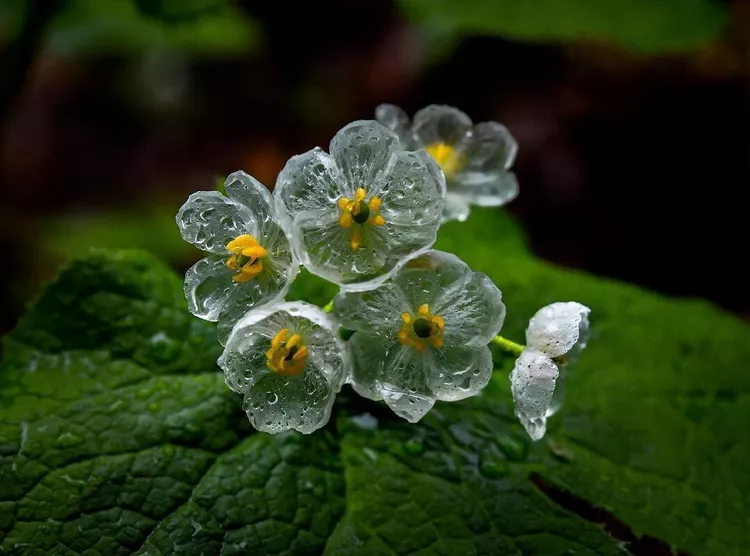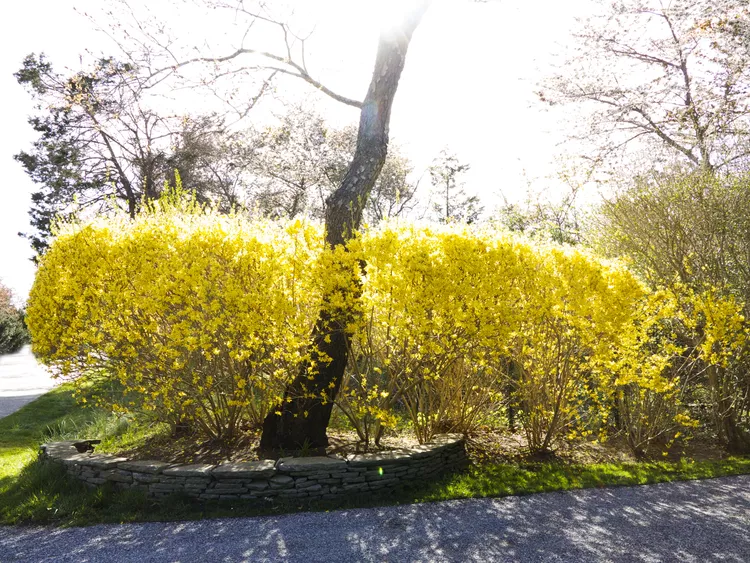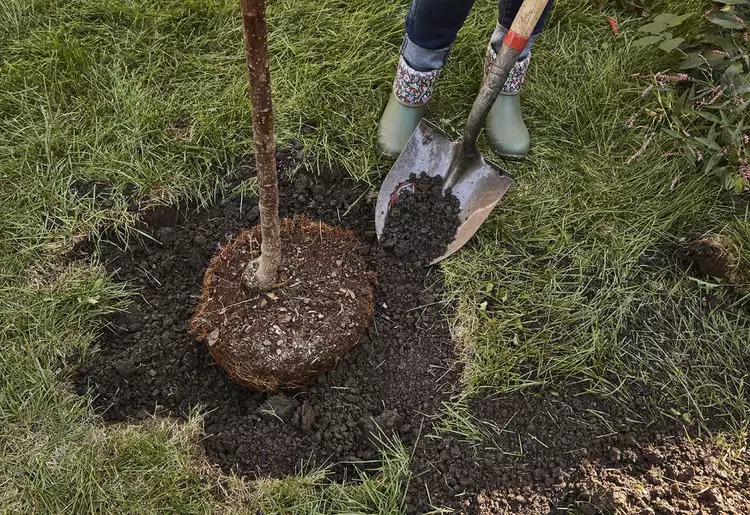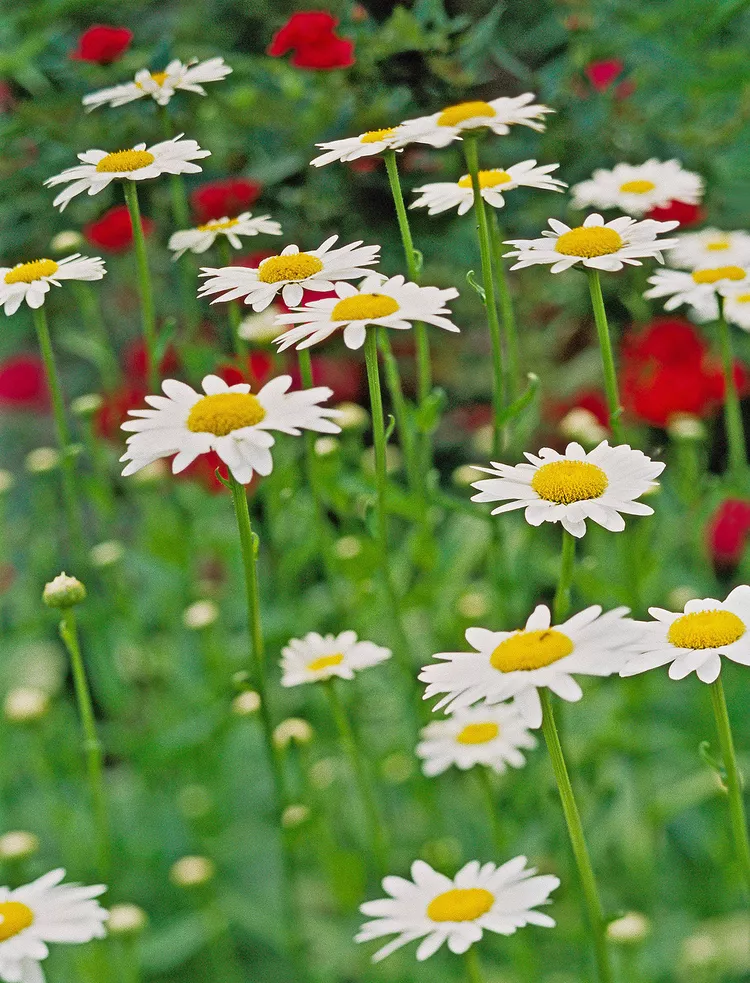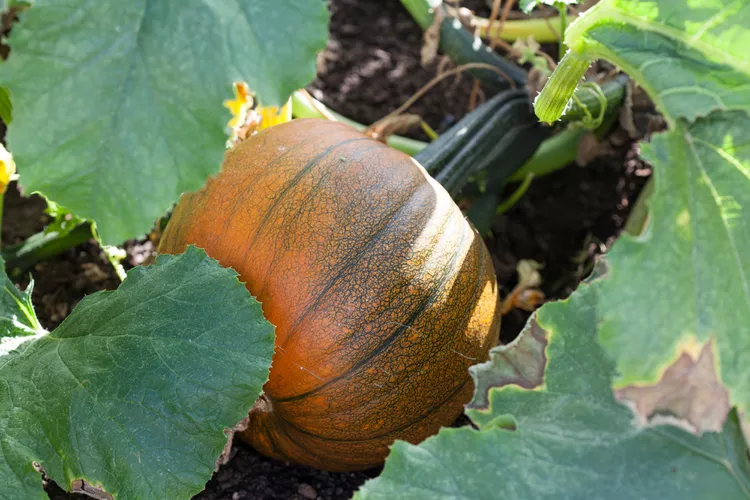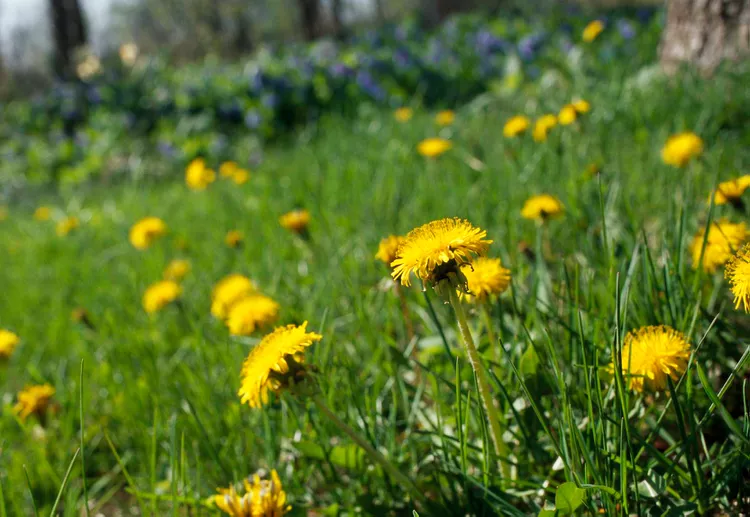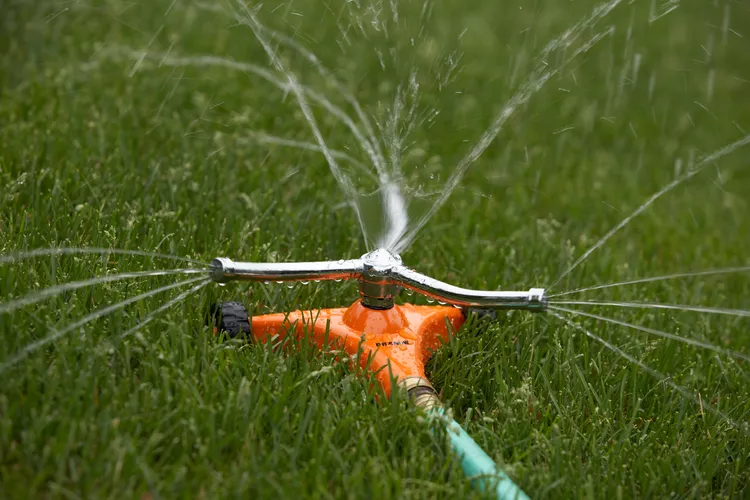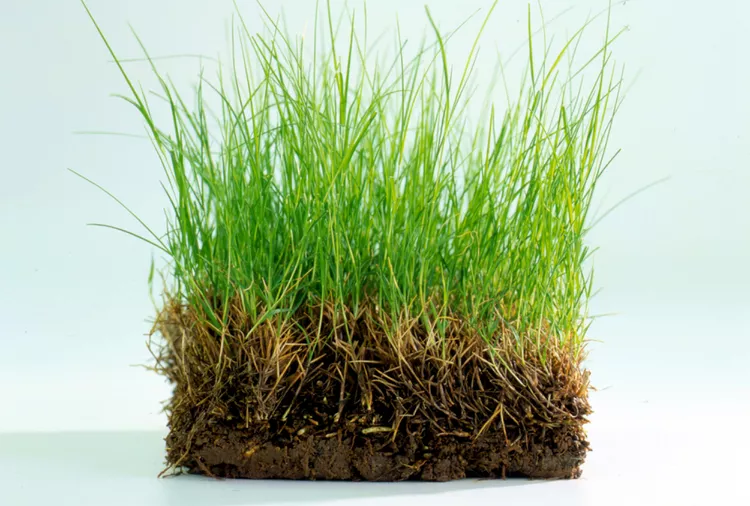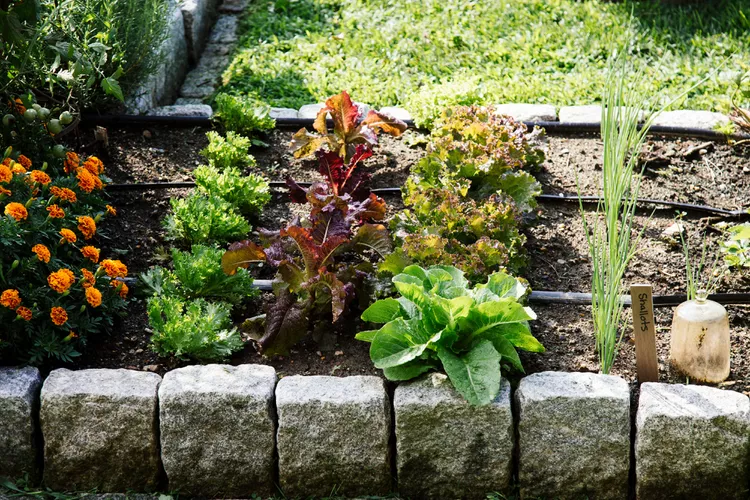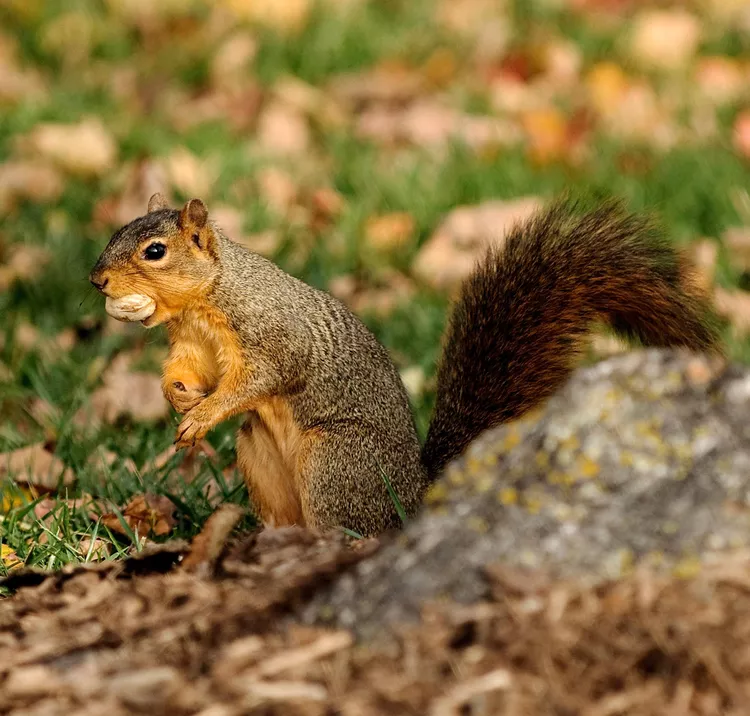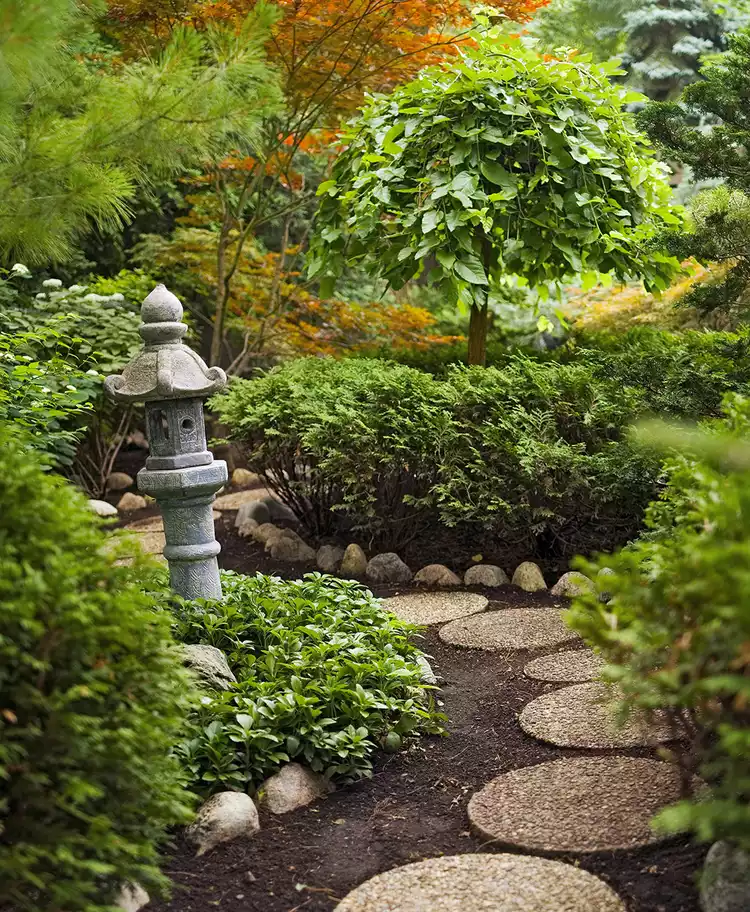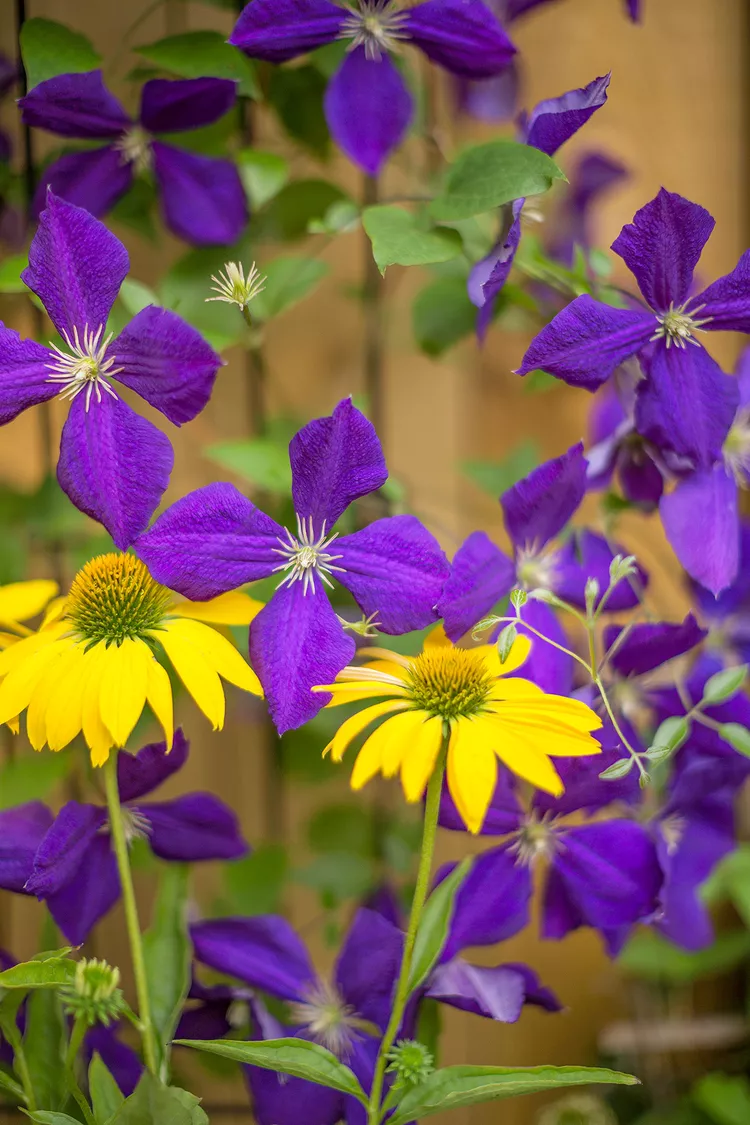Sometimes less is more, and small gardens can still have a big, beautiful impact on a yard. This corner of perennials garden plan will help you create a corner of perennials wherever you'd like to add a little color in a tight spot. It features a small collection of low-maintenance, drought-tolerant plants that pack a big floral punch. Tuck this garden into a corner by your patio or plop it in the middle of the lawn; these plants will put on a show wherever they can get at least six hours of sunlight daily.
Plants for Creating a Corner of Perennials Garden Plan
Starting with catmint and Siberian iris in spring, and going right into fall with late-blooming stonecrop, you'll have plenty of flowers to enjoy all season long.
- 1 White boltonia (Boltonia asteroides 'Snowbank'): Zones 4-8
- 3 Jupiter's beard (Centranthus ruber var. coccineus): Zones 5-11
- 2 Tickseed (Coreopsis verticillata 'Zagreb'): Zones 3-9
- 2 Catmint (Nepeta x faassenii 'Blue Wonder'): Zones 3-9
- 1 Shasta daisy (Leucanthemum x superbum 'Alaska'): Zones 5-8
- 2 Stonecrop (Sedum spectabile 'Brilliant'): Zones 3-9
- 1 Siberian iris (Iris sibirica 'Caesar's Brother'): Zones 3-9
If you aren't able to find the exact cultivars listed above, substitute with others that have similar colors, shapes, and sizes.
If you want to add some extra color in early spring, plant a few varieties of your favorite spring-flowering bulbs among the perennials.
Get the Free Corner of Perennials Garden Plan
This garden design includes an illustrated version of the planted garden, a detailed layout diagram, a list of plants for the garden as shown, and complete instructions for planting the garden.
